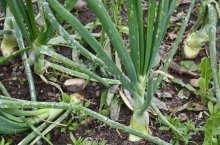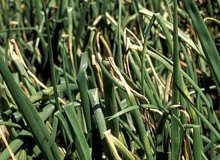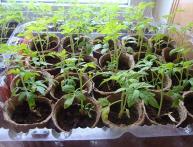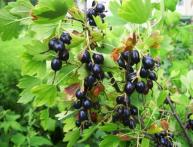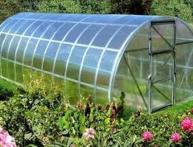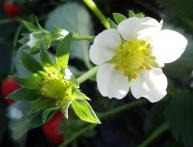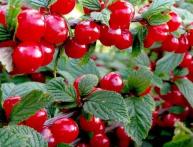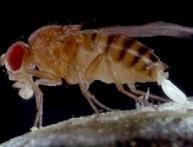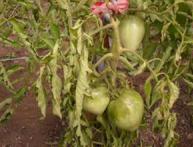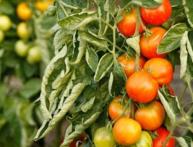Onion downy mildew: how to deal with this disease
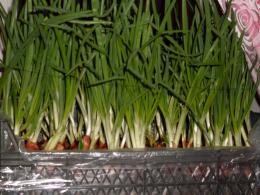
The most common disease Luke – peronosporosis. For most gardeners, this is a serious problem, as the yield is significantly reduced. For onion crops, this disease occurs not only during the growing season, but also during storage.
Content:
Description of the disease
Downy mildew or downy mildew is a fungal disease that can affect onions in all phases of development. In most cases, the disease appears during the first three years of life. Downy mildew poses a particular danger to seed plants, as the seeds may not yield a harvest. Conidia of peronosporosis are preserved and overwinter in the mycelium, and oospores in bulbs or rhizomes. Downy mildew can attack most perennial onions.
When choosing varieties, preference should be given to varieties with flat leaves - fragrant onions and slime onions. For peronosporosis onion feathers develop poorly. Their color becomes pale green, then changes to yellow. The plant is twisted.
These signs appear from the moment of disembarkation after 3 weeks. You may notice a developmental delay. Signs of downy mildew stand out noticeably against the background of healthy plants. At high humidity, the above-ground part becomes covered with a purple coating. If you do not take any measures to eliminate the fungal disease, the feathers will become covered with rusty spots and rot.
Downy mildew infection
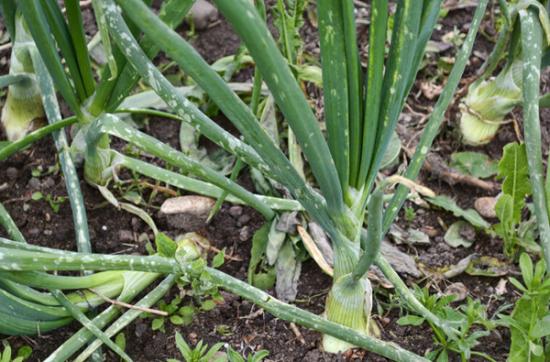
The most favorable conditions for the development of peronosporosis are high humidity and air temperature above 15 degrees. The development of a fungal disease occurs in rainy or cool weather. If the beds are heavily shaded and there is no fresh air, this can also lead to the development of downy mildew. Conidia form and mature only at temperatures from 3 to 27 degrees and humidity above 90%.
The sensitivity of the spores to the sun is high, so infection occurs only in the morning. In dry weather, there may not be a fungal coating, since the pathogen dies in the sun. Infection occurs through a diseased plant. The disease spreads to other bulbs through spores. They can be carried by wind or raindrops over long distances.
Treatment options
At the first signs of peronosporosis, you should stop feeding the plant with nitrogen and organic fertilizers. fertilizers. It is recommended to use phosphorus-potassium fertilizers instead. It is also necessary to reduce watering. During the growing season, if downy mildew is detected, the plant should be sprayed with a fungicidal agent.
Video aboutprevention of peronosporosis:
For this purpose, you can use Bordeaux mixture (1%), Polycarbacin or Arbamide suspension. Dilute the last two chemicals in 10 liters of water, adding 30-40 g of one of the drugs. If necessary, the treatment is repeated after 1-2 weeks. The use of Bordeaux mixture should be carried out 2 weeks before harvesting.
It should be remembered that after treatment with chemicals, onion feathers cannot be eaten. This rule does not apply to the bulb.To combat powdery mildew, you can make fermented grass from weeds. Take half a bucket of weeds, chop finely and add hot water.
Leave to infuse for several days, then strain and spray the plant in the evening. Many gardeners use fermented milk products diluted in water to combat downy mildew.
You can take spoiled milk, kefir, whey. Dilute any of these products in cold water in a ratio of 1:10, stir and spray the plants. Get rid of peronosporosis It is possible by using wood ash, which is used to pollinate the beds. You will need 50 g of ash per square meter. If you combine several methods, you can avoid further spread of the infection.
Prevention methods
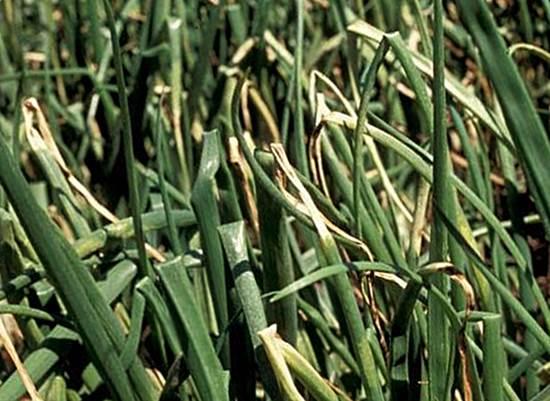
In order to prevent downy mildew, in order to prevent infection with a fungal disease, the following recommendations must be followed:
- Remove plant remains
- Maintain crop rotation
- Disinfect seeds before planting
Harvesting of dead feathers should be done in dry weather. They need to be cut and burned. Choose varieties that are not prone to fungal diseases. It is recommended to plant onions in sunny and well-ventilated areas. Soils are preferably sandy loam or loamy. Onions should be planted in the same place every 3-4 years.
This way you can avoid re-infection during further planting. It will be a huge advantage cultivation place onions, pumpkin, cabbage or cucumbers. Perennial onion varieties should be planted isolated from other varieties. After harvesting and drying the bulbs, the necessary storage conditions must be provided. By following these rules, you can avoid the spread of infection, even if infection has already occurred.

